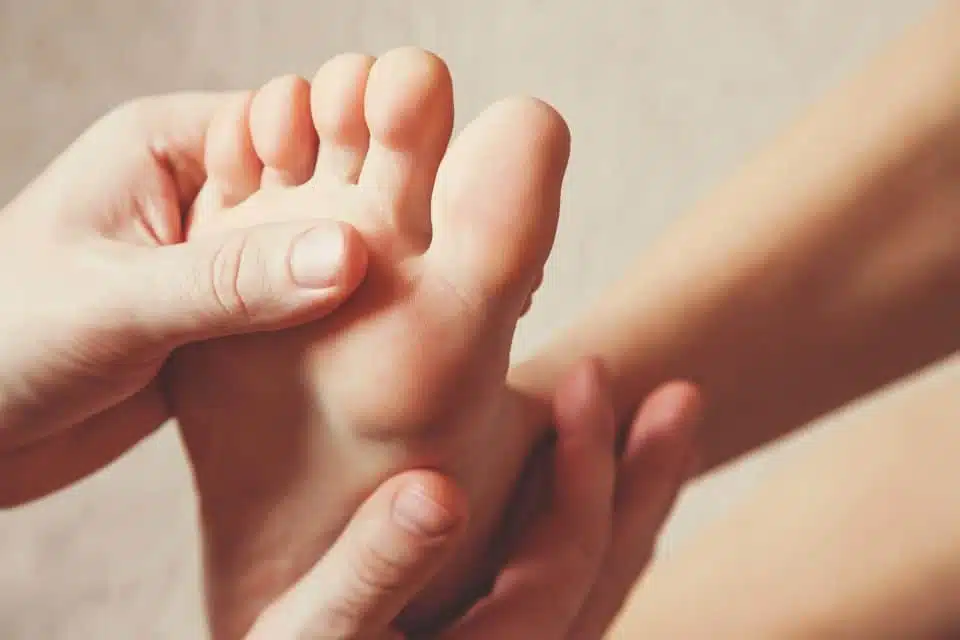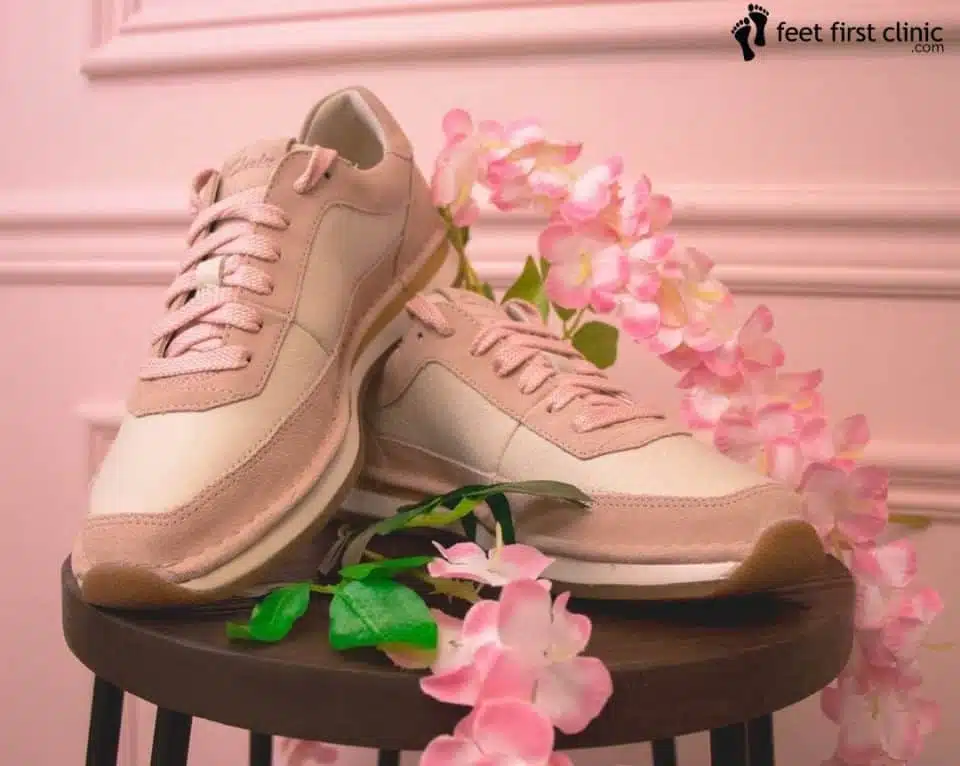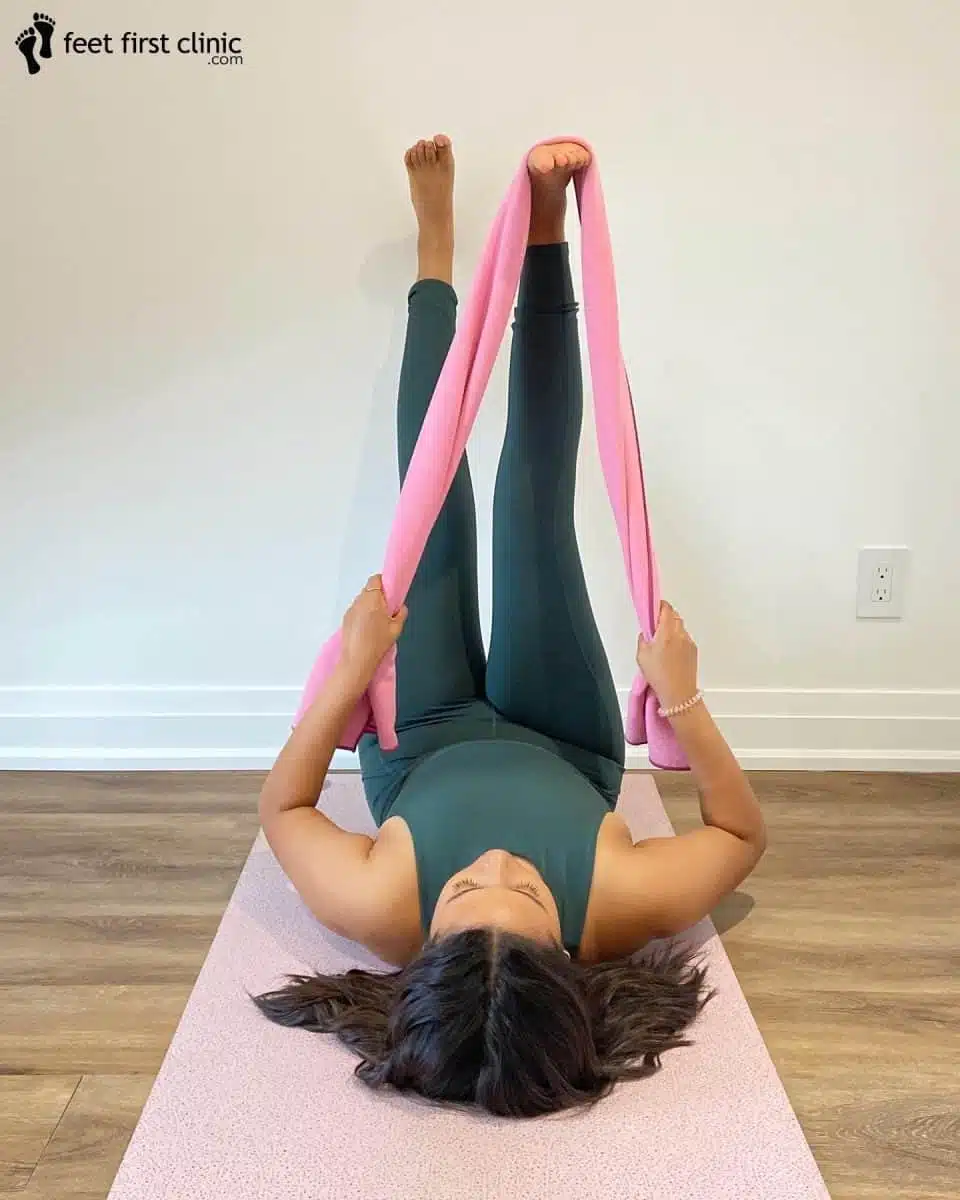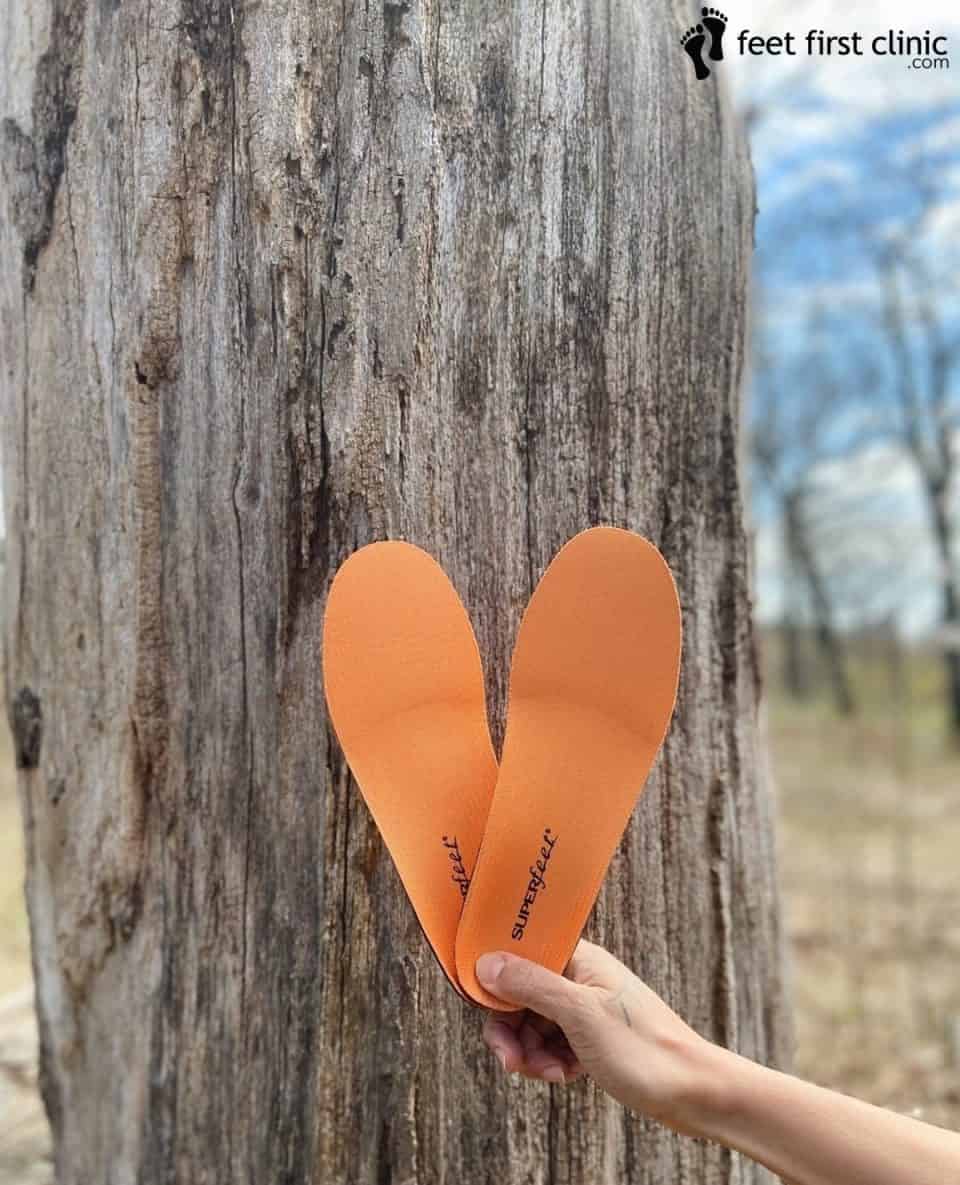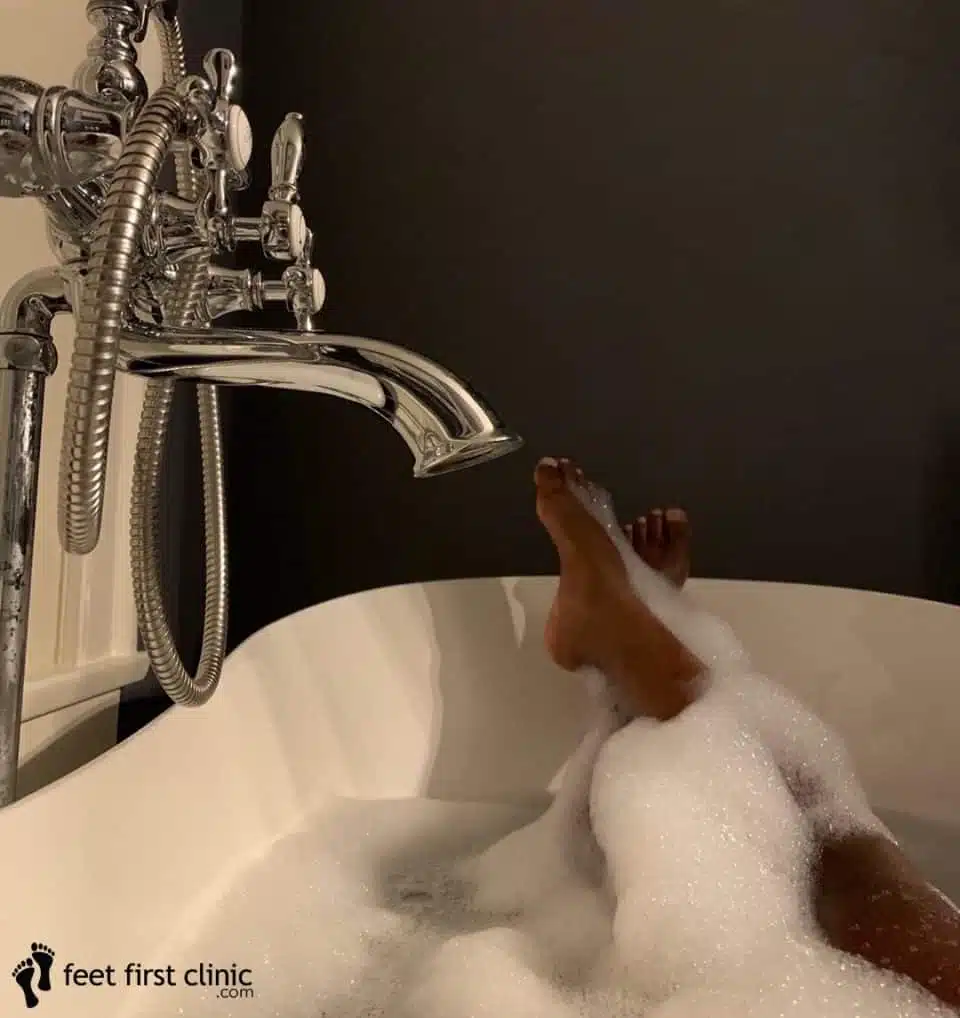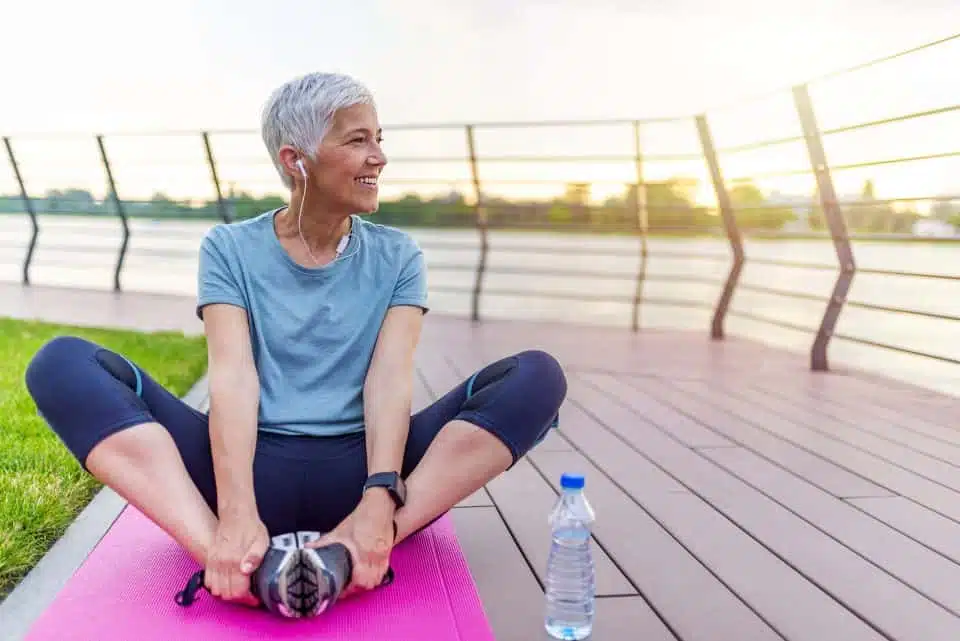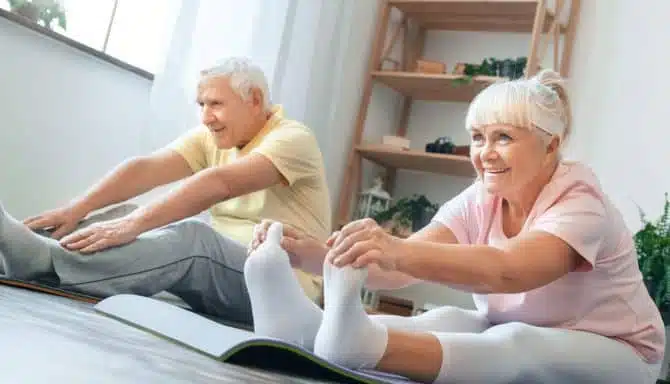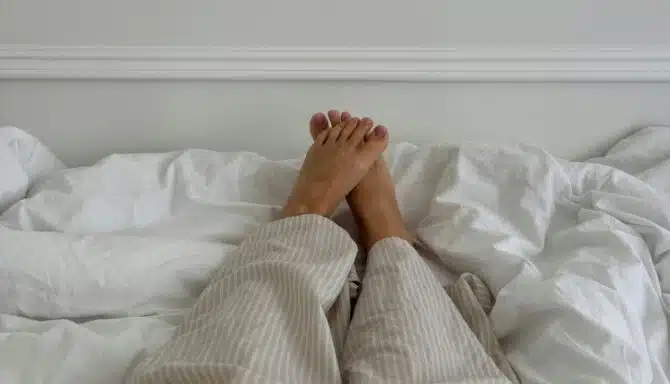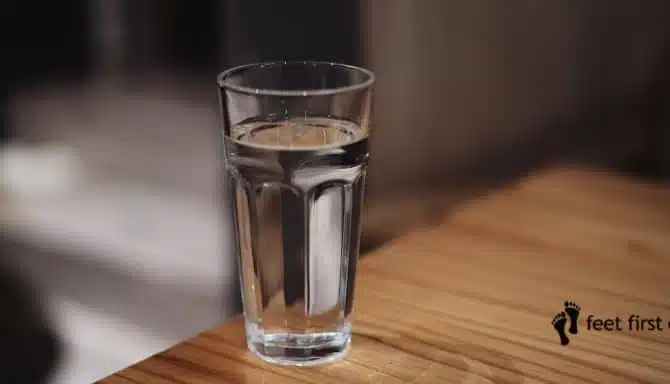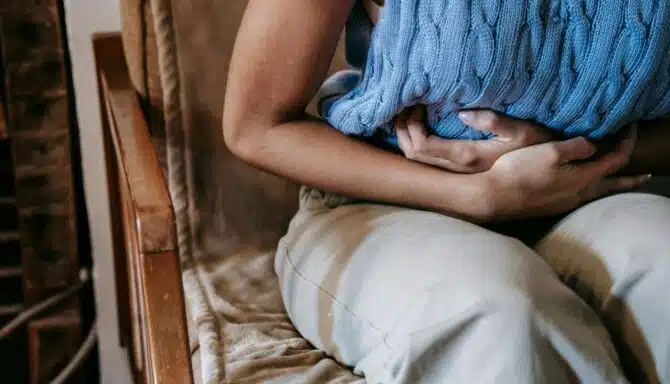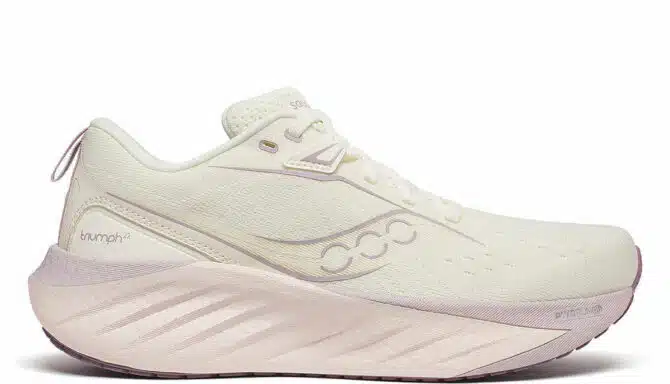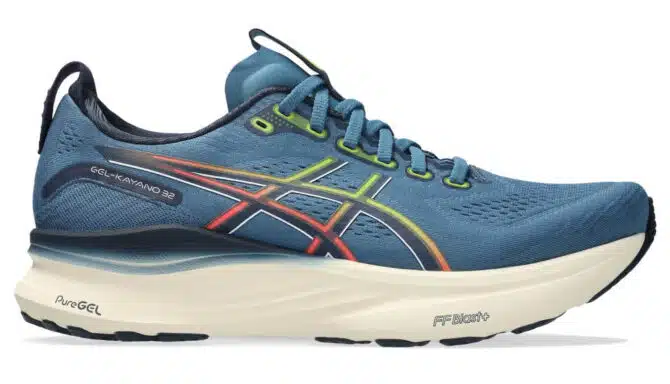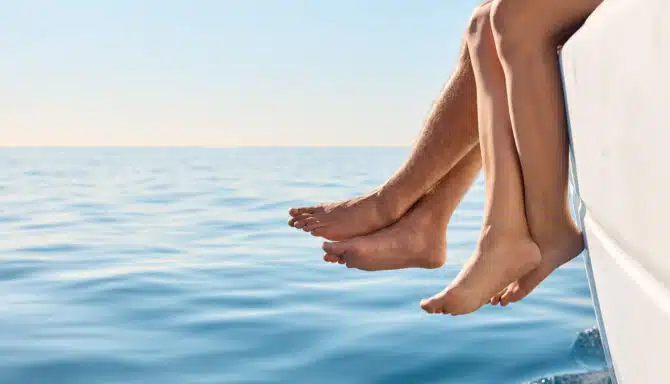Feet First Clinic is excited to announce its 12th anniversary on September 1st, 2021! With tremendous gratitude and appreciation for our clients, chiropodists and staff, we’re excitedly looking back at all the ways we’ve been helping people achieve foot pain relief. Foot pain is one of the most common ailments affecting the patients who visit our Toronto foot clinic, and it can occur for countless reasons. Foot pain can be debilitating, or it can be a minor occurrence. Whatever the reason, Feet First Clinic has extensive knowledge on how to cope and achieve your goal of happy and healthy feet.
Here Are Our Top 12 Tips For Foot Pain Relief:
- Wear shoes that fit properly
- Wear supportive footwear that suit your foot type
- Stretch, stretch, stretch!
- Perform strengthening exercises
- Try Superfeet insoles
- Try ankle and knee sleeves
- Invest in custom orthotics
- Enjoy some at-home foot care
- Try compression stockings
- Understand your gait
- Take sitting breaks
- Check-in with your foot specialist
1. Wear Shoes That Fit Properly
This foot pain relief tip is a given, but it’s also one that many people overlook. Your shoes must be well-fitted and conform to the shape of your foot. They should also not be too narrow and must give your feet enough breathing room. In fact, it is estimated that 80% of foot pain is the result of ill-fitting footwear. Common conditions such as bunions, Morton’s Neuroma and hammertoes are mostly caused by or contributed to by high heels and footwear that is too narrow at the toe box. This squishes your toes together awkwardly and puts excessive pressure on the joints in the toes and forefoot.
The constant rubbing and friction from ill-fitting footwear is also a common culprit behind calluses, corns and blisters.
Not sure how to find the right fit? For the past 12 years and counting, our knowledgeable staff has been providing shoe fittings. Different brands fit differently on different feet, and one size doesn’t necessarily always fit all. We can help you find the right size, the right brand and the right shoe to match your foot at our Toronto foot clinic.
2. Wear Supportive Footwear that Suit Your Foot Type
Your footwear should encourage good biomechanics (optimal function and motion). Supportive footwear can help with general foot fatigue and the aches and pains that come with being on your feet all day long. In addition to support, footwear should be suited to your foot type. Proper shoes can prevent and help people manage several foot conditions, including (but not limited to):
Plantar fasciitis
This foot condition commonly affects people who don’t wear supportive footwear. This leads to an inflammation of the plantar fascia, and presents as heel pain. Mayo Clinic notes that shoes with “a moderate heel, thick soles, good arch support and extra cushioning” are ideal for preventing and treating plantar fasciitis.
If you’re on the hunt for footwear to help with plantar fasciitis, Fit Flop sandals are a good place to start. These sandals feature FitFlop’s microwobbleboard midsole technology, which is specifically engineered to address plantar fasciitis. If you’re looking for some closed-toe options or an everyday walking shoe, ASICS and Saucony offer supportive shoes with a firm heel counter to help with the pain caused by plantar fasciitis. ASICS’ Gel Kayano and Saucony’s Omni Walker are great options.
Metatarsalgia
With metatarsalgia, you’ll want to look for footwear with a low heel, extra cushioning, and a supportive arch. Metatarsalgia presents as a pain in the balls of the feet, so shoes that take the burden off of this area are a must. Your shoes will need to take the pressure off the forefoot and allow you to conduct your daily activities with as little pain as possible. Shoes with a rocker sole, like Clarks‘ Wave line, are perfect for this! For an everyday walking shoe, you can try the Clarks Wave Move. And if you want a sandal for the hot weather, check out Clarks Wave Skip. The rocker soles on these shoes work like the bottom of a rocking chair, helping your foot rock softly as you move. This helps take pressure off your forefoot, as well as the other joints in your feet and ankle.
Osteoarthritis
Supportive shoes are a must for people suffering from osteoarthritis. For adequate pain relief, shoes must support the deformities, like clawed toes or bone spurs, that commonly occur in people with arthritis. The goal should also be to find shoes that reduce pressure on the joints and allow you to move as comfortably as possible.
The key to finding a good shoe for arthritic feet (apart from a good fit) is good shock absorption. Every time your foot strikes the ground when you move, shock is sent from your foot up through your spine. When you have arthritis – whether it’s osteoarthritis or rheumatoid arthritis – the weight-bearing joints in your body are more susceptible to strain. The heavy shock-absorbing cushioning in the ASICS Gel Nimbus is perfect for alleviating this (plus they’re super comfy!). The cork footbed in Naot shoes is also great for alleviating joint strain and supporting your joints when you move.
Flatfoot
As a general rule, people with flat feet need to avoid shoes with poorly designed soles and very little support. It’s all about the arch support with flat feet while keeping comfort in mind as well. Birkenstock’s world-famous anatomical cork footbeds are one of the top-recommended footwear options for flat feet. The natural shock-absorbing and supportive properties of this footbed are ideal for mitigating the effects of flat feet. Even during the cooler months, you can wear them indoors as house slippers to ensure continued support for your feet.
You should also look for shoes that provide pronation control (the natural movement of the foot while it lands). People with flat feet tend to experience overpronation, or when the foot and ankle roll down and inwards when walking. A stability shoe, like ASICS Gel Kayano or Saucony’s Hurricane, will help correct overpronation and help stabilize your foot and ankle, while still giving you freedom of movement so you don’t feel restricted.
High arches
On the other side of the spectrum, people with high arches need their own version of supportive footwear. Shoes will need to have enough shock absorption to reduce the forceful impact of walking. They also need sufficient cushioning and arch support. There is a common misconception that people with high arches don’t need arch support. As noted by Sole Review, a supportive arch is in fact necessary for movement and to help distribute pressure. This is because when you have high arches, an excessive amount of pressure is placed on the heels and balls of the feet. The tried and tested combination of cork and cushioning in Mephisto footwear provide a great solution. The midsoles in Mephisto’s feature an integrated shock absorption system to help alleviate joint strain and foot fatigue.
Wondering what’s the right shoe for you? For the past 12 years and counting, qualified chiropodists have been providing footwear assessments! Our product catalogue is also full of supportive footwear brands that are proven to help with pain relief, from 0rthopaedic brands like Portofino, to athletic brands like Asics. Whatever you’re looking for, we’ve got you covered.
3. Stretch, Stretch, Stretch!
One of the most enjoyable aspects of Feet First Clinic is our passion for demonstrating ways you can achieve foot pain relief from home. Part of our treatment process is giving our patients the tools to feel better when pain flares up. Our stretch series on Instagram provides how-to videos of some of our favourite stretches, which are all successful at preventing and managing foot, ankle and calf pain. Below are some examples of our stretches with links to the how-to clips!
- Toe-flex and raise (for plantar fasciitis pain)
- Towel stretch (for hamstring pain)
- Soleus stretch (for Achilles tendinitis and calf pain)
You can also check out our Pinterest Board, where you’ll find our complete stretching series, as well as infographics and diagrams with our favourite stretches to prevent and treat foot pain.
4. Perform Strengthening Exercises
Like stretches that focus on pain relief, strengthening exercises do the same by preventing flare-ups and helping with foot soreness. This is because muscle and joint weakness are a common cause of many common foot conditions; strengthening the muscles counteracts this weakness. Strengthening exercises that focus on the ankles, calves, and feet also improve your flexibility and range of motion. Not only that, but regular strengthening may even reduce your chances of sustaining a foot or ankle injury, according to Healthline. Here are some of our favourite strengthening exercises:
- Banded toe pulls (ankle strengthening)
- Big toe extension lunge (big toe strengthening and mobility improvement)
- Toe curls (top of the foot and toe strengthening)
For easy access to our stretches and exercises, check out our Pinterest board!
5. Try Superfeet Insoles
Superfeet insoles are a great way to reduce foot pain. These insoles come in a wide variety of colours, but the green and orange designs are particularly useful in managing foot pain. Superfeet insoles are exceptionally comfortable for a few reasons. First, the heels are sculpted to provide comfort and pain relief for people with different arch types (i.e.: flat feet and high arches). Often, foot pain is associated with improper arch support. Next, the midsole and foundation of Superfeet insoles provide extra layers of cushioning, reducing pressure on the weight-bearing areas of the foot.
Green Superfeet insoles are one of the most popular and effective choices for pain relief. Orange Superfeet insoles are also known for their pain relief and are similar to the green version but are made with extra cushioning. There are numerous other versions of Superfeet insoles. You can check out this blog post to learn more about the benefits of the other colours available.
6. Try Ankle and Knee Sleeves
Sometimes the pain is more concentrated in the ankle area in addition to the foot. Splinting, bracing and taping is a big part of Feet First Clinic. We also offer sleek ankle compression sleeves to patients. The AF7 KZT Ankle bracing sleeve is an excellent alternative to a clunky, awkward ankle brace. Designed to relieve pain associated with ankle injuries, this sleeve will have you quickly enjoying your everyday active life. They work by stabilizing the area while distributing different levels of compression to targeted parts of the foot and ankle, specially designed to treat specific foot conditions. There is one catered to treating plantar fasciitis and another for Achilles tendonitis.
Knee issues can also play a significant role in foot pain. It’s like the old Skeleton Song nursery rhyme; everything in our body is connected. When we have knee problems, the ankle and feet have to compensate. So it’s important not to neglect the other joints in our body. That’s why we also offer the KS7 Knee Compression Sleeve. Like the ankle sleeves, the knee sleeve helps stabilize the structures in the knee, while delivering gentle compression to the area. Best of all, they’re thin and can easily fit under your clothes without being bulky.
7. Invest in Custom Orthotics
Medical devices like custom orthotics can successfully manage foot pain. Orthotics are inserts for your shoes that help align and support the structures in your feet and alleviate pressure on certain foot areas. Most importantly, custom orthotics can also correct biomechanical abnormalities with your gait (the way your move when you walk). This sets them apart from over-the-counter insoles. For the past 12 years, our chiropodists have provided orthotics to people from all walks of life. Check out this complete guide to custom orthotics.
The process of dispensing custom orthotics to our patients involves three main steps:
- Orthotic assessment: The first step involves noting your medical history, assessing your footwear and asking about your regular activities. Next, your foot specialist will perform a biomechanical assessment which involves a range of motion assessment, weight-bearing assessment and gait analysis. We can also perform video gait analysis on request.
- Casting: The second step involves capturing an exact replication of the foot using plaster. The plaster molds are then used to create your custom orthotics!
- Fitting: When your custom orthotics are ready to use, Feet First will schedule a fitting appointment for you. Your chiropodist will make sure your orthotics fit properly and ensure you understand how they work.
Sometimes orthotics also need repairs, which our clinic is happy to accommodate.
8. Enjoy Some At-Home Foot Care
It’s easy to overlook the connection between foot care and foot pain. But there is one: when we don’t properly care for the skin and nails on our feet, it can lead to issues like corns, blisters and ingrown toenails. These can ultimately make walking very difficult.
Having some of our favourite foot care products readily available at home is a great (and relaxing) way to relieve foot pain. Achy, sore feet are no match for Gehwol products, which are curated to alleviate foot pain and soothe our feet. Feet First has been incorporating Gehwol’s unique formulas into our foot pain management plans for the past 12 years. Some products that specifically target foot soreness include the Revitalizing Rosemary Bath Salt, which stimulates blood circulation. The Extra Universal Foot Cream from Gehwol also triggers blood flow and soothes tired, aching feet. Gehwhol’s moisturizing creams and lotions work by promoting and supplementing the skin’s natural biological processes for protecting itself. Healthy, supple skin and nails protect your feet from the wear and tear of your day.
If your foot pain is the result of sore muscles and joints, foot baths (and baths in general) are the perfect way to simultaneously wind down and tackle that nagging foot pain. Drawing a warm foot bath with some Epsom salt, Gehwol’s foot bath products, and your favourite accompaniments have been proven to alleviate stiffness and soreness. Researchers also note that Epsom salt can reduce inflammation after absorption. Foot baths are especially beneficial for people with gout and arthritis, but they can also help people with tired, achy feet who could use a little rest and relaxation. Lastly, adding apple cider vinegar to your foot bath can be especially helpful for people with swollen feet and ankles.
9. Try Compression Stockings
Compression stockings are an amazing way to help manage foot pain. They go hand-in-hand (or foot-in-foot?) with other pain relief tips for many of our patients. Compression stockings that are well-fitted and prescribed by a chiropodist have been known to effectively treat foot pain and swelling associated with arthritis and circulation issues. They can also help people cope with pregnancy-related foot pain and edema (fluid accumulation in the feet and lower legs). Medical-grade compression stockings work by promoting healthy blood circulation to the muscles and reducing swelling. The fantastic way that they stimulate blood flow also reduces the chances of experiencing muscle strain. If swollen ankles and swollen feet are a frequent occurrence for you, then compression stockings are a must-have.
10. Understand Your Gait
Gait is a term that refers to the way someone walks. Some people walk in a way that distributes weight in certain areas, while others may walk with a forceful impact. Individual gaits are fascinating, and everybody’s is unique! A person’s gait can often reveal valuable information about the underlying cause of their foot pain. That’s why one of the many services at Feet First Clinic is a video gait analysis. It helps patients and their foot specialists understand how they walk and their biomechanics.
Our chiropodists can perform a video gait analysis as part of an orthotic assessment or a regular foot assessment. The video gait analysis process includes recording patients in 3D while walking or running on a treadmill – pretty cool! A chiropodist can kick start a treatment process and understand which areas experience the most pain by understanding someone’s gait. This can include specific stretching and strengthening exercises, or footwear recommendations.
11. Take Sitting Breaks
This foot pain relief tip is pretty straightforward. If your foot pain stems from working long hours on your feet, make sure you take enough time to sit down during your breaks. In addition to our other remedies, a simple break will get you through the day. If your breaks are for 30 minutes to an hour, it’s a good idea to sit down during this time.
Just as standing non-stop can hurt your feet, so can sitting all day (there’s a reason they say sitting is the new smoking). The muscles in our lower body don’t get adequate circulation if we’re sitting for prolonged periods. Not to mention, it’s bad for the back. Whether it’s your low back or knees, sore joints almost always ultimately impact the feet. So, we recommend getting up and walking around a few times an hour to keep your blood flowing and muscles moving.
You can even go the extra mile by taking your shoes off and finding a space to perform those stretches and exercises we talked about! Check out this blog post for some more thorough information on how to prevent foot pain at work.
12. Check-in With Your Foot Specialist
Alright, so we’ve been applauding our amazing chiropodists throughout this article. So of course booking an appointment with them is also one of our pain relief tips! Regularly visiting your chiropodist can help relieve your foot pain much faster than trying to figure it out independently. They’ll be able to detect what’s going on after a thorough assessment. After figuring out the issue, they can work with you on a plan of action to get you feeling better.
We’re Here to Help With Foot Pain Relief!
We’ve given you the lowdown on the many ways you can achieve pain-free feet. The past 12 years have been an incredibly enjoyable period of celebrating our patients and helping them live comfortably and to the fullest. We’re also looking forward to welcoming new faces and helping them deal with their discomfort using our effective treatment services. Give us a call to ask any questions you may have – we’ll be sure to point you in the right direction!
Call us at 416-769-FEET (3338) or Book Your Assessment Today!
